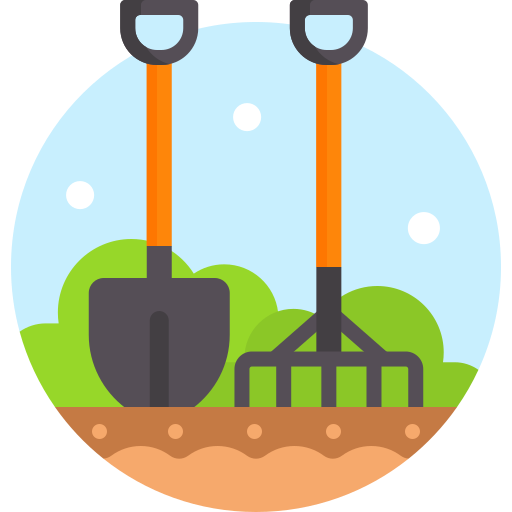My biggest advice is to wait a year before you make any major changes. Things like how much sun an area gets will change throughout the year as the sun moves, or as nearby trees drop their leaves or grow them back.
As for specific plants, start by learning about what’s in your area that does well. Apps like iNaturalist are decent at helping identify plants (and bugs and animals) that you see both in nature and in other people’s gardens. You can then research those plants to see if they’re native to your area or not.
For tools, buy what you need when you need it. A shovel is good for planting new plants, but not as necessary for daily maintenance.
The lawn will be a similar process. See what pops up on its own. If you like it, research to see if it’s native or invasive.


Aren’t tomatillos a completely different plant than just unripe tomatoes?